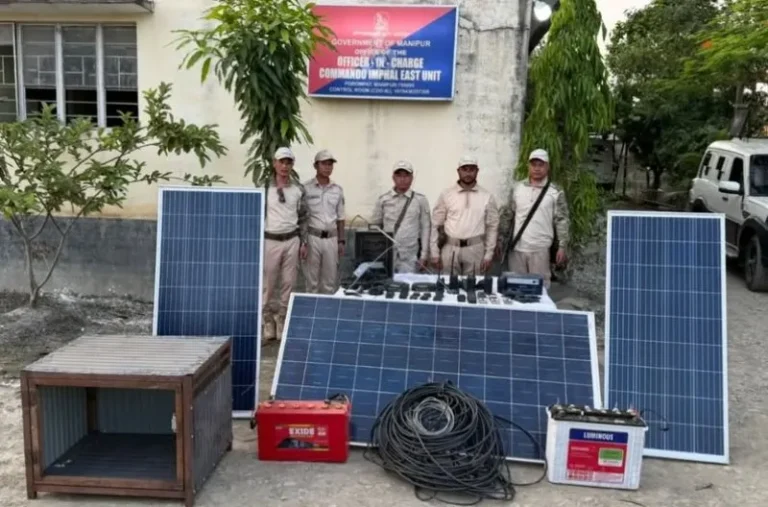Streamlining Identity: Biren Singh’s Push for Aadhaar‑ILP Fusion in Manipur
Summary
Former Manipur Chief Minister N. Biren Singh has urged tighter coordination between Aadhaar, Inner Line Permit (ILP), and local administrative systems to curb illegal settlements in the state. He emphasized that Aadhaar enrollment must align with ILP regulations to safeguard indigenous populations and maintain national security, considering Manipur’s porous borders with Myanmar and proximity to China. He also cited instances of fraudulent identity documentation and previous lapses in verification as motivating factors for the enhanced measures
Why Identity Matters Now
Ever thought about what’s behind the tangled web of identification? In Manipur, it’s more than paperwork—it’s about belonging, safety, and securing indigenous rights. N. Biren Singh, a prominent political figure, is shining a spotlight on the need to tighten Aadhaar issuance with the Inner Line Permit (ILP) system. Think of it like merging two powerful locks to secure what matters most.
The Stakes:
- Protecting Indigenous Identity – Ensures only rightful residents can access government services.
- National Security – Reduces risk from illegal immigration across sensitive borders.
- Administrative Clarity – Streamlines verification through multiple checkpoints.
Behind the Push: What Prompted It?
1. Document Fraud Examples
Singh pointed to individuals like Nehginpao Kipgen—allegedly born in Myanmar—who obtained Indian documents and citizenship without detection
2. Unverified Electoral Entries
A Hyderabad professor’s family was included in electoral rolls without prior records—a glaring sign of systemic loopholes
3. Geopolitical Pressure
Manipur’s location, bordered by Myanmar and near China, makes it crucial to fortify identity checks against infiltration risks .
How It’s Supposed to Work
Step 1: Coordinated Vetting
- Aadhaar enrollment must align with ILP data.
- ILP officials, UIDAI agents, and local admins collaborate during data collection, cross-verification, and documentation.
Step 2: Strengthened ILP Screening
- During ILP applications or renewals, authorities inspect Aadhaar profiles for inconsistencies or red flags.
Step 3: Biometric & Database Cross-Checks
- Aadhaar biometrics checked against ILP, electoral rolls, and local registries.
- Possible use of satellite mapping and grassroots intel to confirm residency
Step 4: Continuous Audits
- Ongoing verification of existing records and removal of fraudulent entries.
Reality Check: What’s Already Happening?
The current Manipur government has reportedly built stricter Aadhaar issuance norms and begun pilot data synchronization efforts Since 2017, around 5,457 illegal immigrants (mostly Myanmar nationals) were identified through verification drives, combined with satellite mapping and grassroots intelligence. These are early signals, but the plan remains more of a vision than full implementation.
FAQs
1. What is the ILP system?
The Inner Line Permit is a special travel permit for non-locals entering protected areas in Northeast India, aimed at preserving indigenous cultures and land rights.
2. How does Aadhaar tie into this?
Aadhaar provides biometric-based identity verification. Combining it with ILP ensures only genuine residents access essential services.
3. Are there privacy risks?
Yes, any data integration raises privacy concerns. Authorities should ensure encrypted data, legal safeguards, and consent-based usage.
4. Could it lead to service delays?
Possibly. Coordinated planning and digital workflows can minimize backlogs. Outreach efforts will help people smooth the transition.
5. Will similar protocols be adopted elsewhere?
If successful, this model could be replicated in other ILP states like Mizoram, Nagaland, and Arunachal Pradesh, bolstering identity systems across India.


